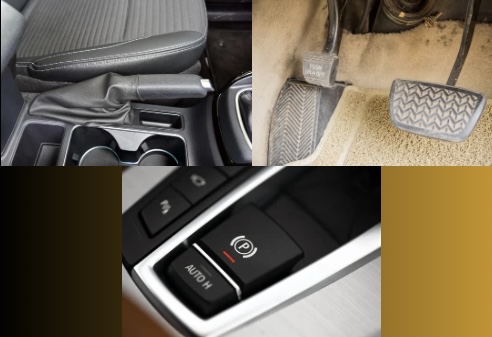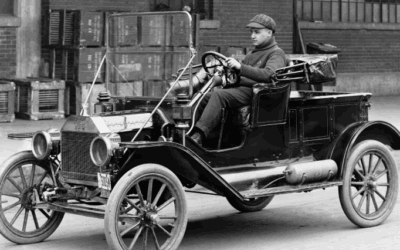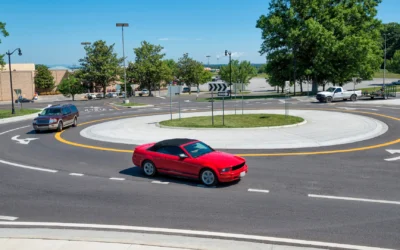When you think about parking your vehicle, the parking brake—or “emergency brake”—might not be the first thing that comes to mind. For many drivers, especially those with automatic transmissions, it’s a forgotten feature. However, the parking brake is one of the most important parts on your vehicle, but it’s also the most underutilized. Using your parking brake is an essential part of safe driving and responsible vehicle ownership, and here’s why you should make it a habit every time you park.
🔧 What Is the Parking Brake, Really?
The parking brake is a separate braking system from your main hydraulic brakes. It’s designed to keep your vehicle stationary when parked, especially on inclines. In most vehicles, it’s operated by a lever between the front seats, a foot pedal, or an electronic switch.
🚗 Prevents Vehicle Rollaway
Even in “Park,” your car is only held in place by a component called the parking pawl—a small pin inside your transmission. If that fails (due to wear or impact), your vehicle can roll. Using the parking brake provides a second layer of protection, keeping your vehicle securely in place.
🏞️ Essential on Hills
When parking on a slope, gravity is working against your transmission. Engaging the parking brake takes pressure off the transmission and prevents strain on internal components. This not only keeps your car safe—it extends the life of your transmission.
⚙️ Protects Your Transmission
Using the parking brake reduces the load on your transmission’s parking mechanism. Over time, that can mean fewer costly repairs. Think of it as cheap insurance for one of the most expensive systems in your vehicle.
💡 It’s Not Just for Emergencies
Despite the name, the “emergency brake” isn’t only for emergencies. In fact, using it regularly keeps the cables and mechanical parts in good working condition. When left unused, those parts can seize up from rust or disuse, making the brake unreliable when you really need it.
🚙 Manual or Automatic? Use It Either Way
Some drivers think the parking brake is only for manual transmissions. Not true. The parking brake needs to be used on all vehicles—manual or automatic. It ensures better vehicle stability and less mechanical wear.
🧒 Good Habits Start Early
Teaching new drivers to use the parking brake reinforces good habits and promotes safety from day one. Whether they’re parking on a flat street or a steep hill, using the parking brake becomes second nature—and might just prevent an accident down the line.
✅ When Should You Use It?
- Every time you park, even on level ground
- Especially on hills
- During vehicle maintenance or tire changes
- When towing or storing a vehicle
🛠️ How to Use It Properly
- Come to a complete stop.
- Keep your foot on the brake pedal.
- Engage the parking brake.
- Shift into Park (or into gear, if manual).
- Release the foot brake.
To release it, reverse the steps: foot brake first, then disengage the parking brake, and finally shift out of Park.
In Conclusion
Using your parking brake may seem like a small step, but it plays a big role in keeping you, your vehicle, and others safe. It’s quick, easy, and prevents expensive damage and potential rollaway accidents. So the next time you park—no matter where you are—make using the parking brake a part of your routine.
Because safety isn’t just about how you drive—it’s also about how you park.




